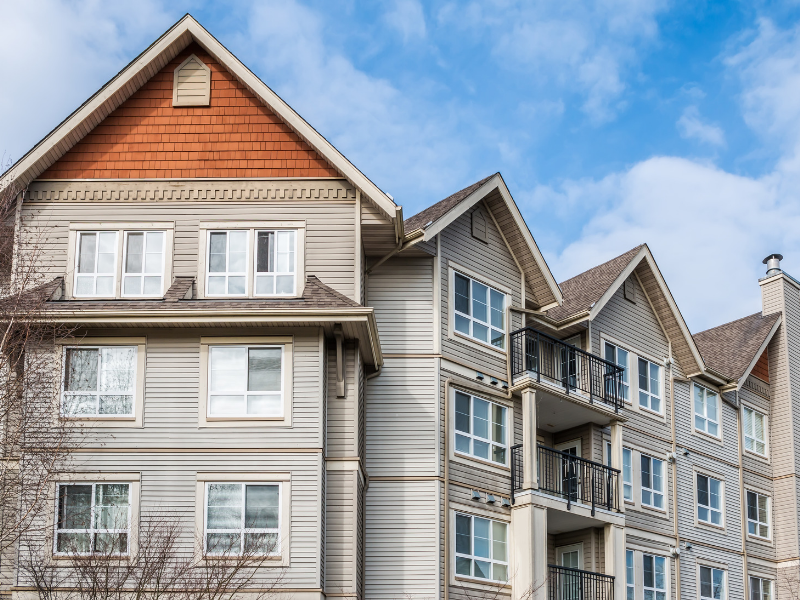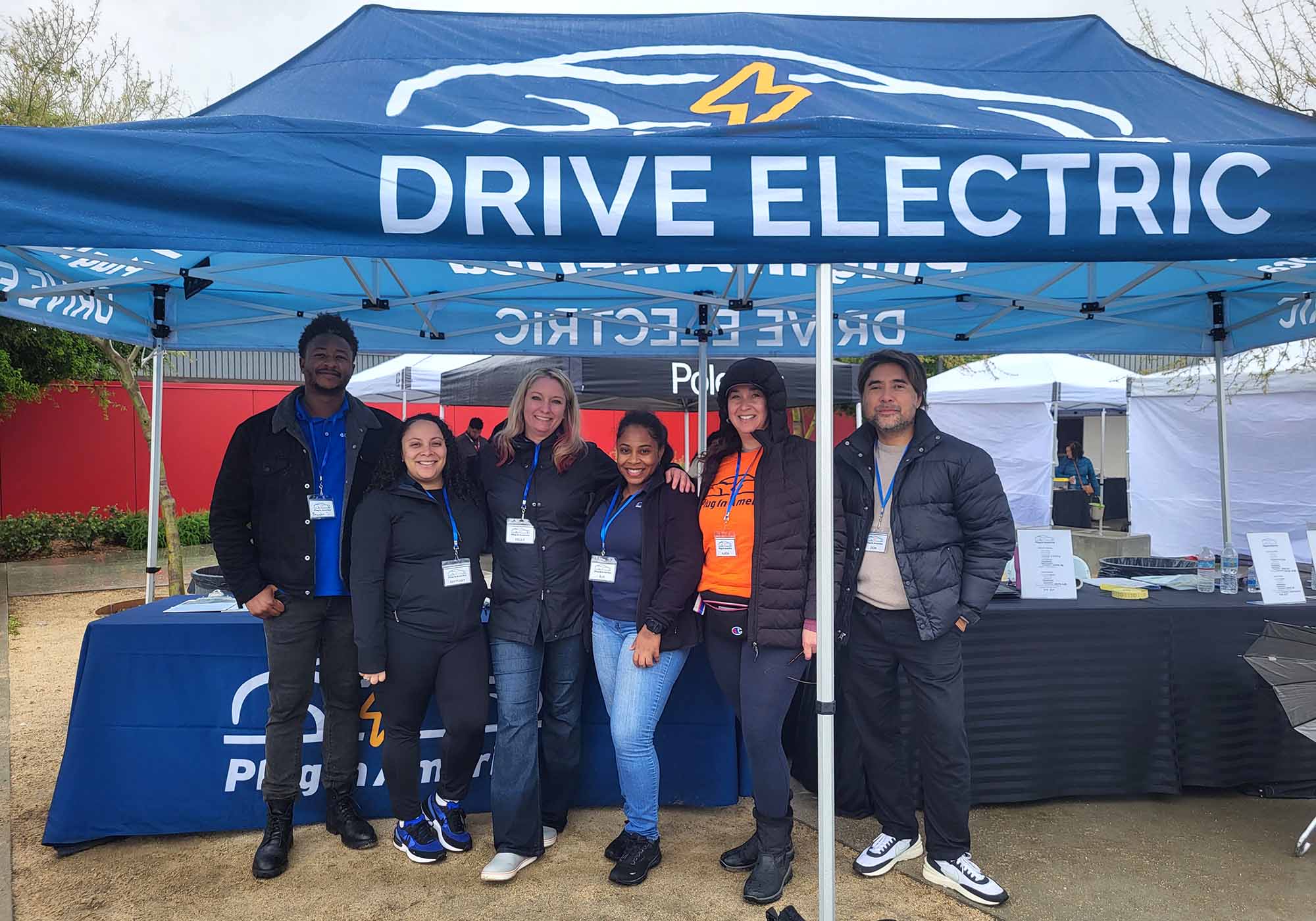We know that a common problem for many EV consumers living in multi-unit dwellings is the difficulty of having access to charging. After the publishing the recent blog post, Installing electric vehicle charging in an apartment or condo building, two of our supporters generously shared their experiences with us in depth. If you have similar experiences to share, add them in the comments below!
Jim S., San Jose, CA
Here is my story of the difficulties I ran into installing an EV charging port in a 200 unit condo building.
I live in San Jose, CA, which is home to perhaps the highest percentage of EVs in the world, so one would think that it would be easy to get a 50A receptacle installed; think again.
In 2015, we sold our house in the suburbs and moved to a 22-story condo building downtown. The purchase was contingent on the approval of installation of an EV charging receptacle. I was the very first person in the condo to request this, so the homeowners association committee was somewhat confused as to how to proceed and what would be required. After some study they concluded that though Pacific Gas and Electric Company provided enough power to the building to support my 50A receptacle, the building circuit breakers were not sized correctly when the building was constructed in 2010 to allow me to add 50 amps to the load. I was told I would have to pay for new building circuit breakers at an estimated cost of $50,000 or more. I told them this didn’t work for me and that I would be cancelling my condo purchase if they didn’t come up with a better solution.
After some research by the electric service company that installed the power services in the building, it was concluded that there was sufficient headroom and power for my EV. The next step was to get a permit from the city of San Jose, hire an electric service company to install the PG&E meter, run the 100 foot or so of conduit and NEMA 14-50 receptacle. This step was expensive, as PG&E installs meters in something called a 4plex which is a unit that supports 4 meters. This means that I would be paying the substantial cost of an installation benefiting the next 3 people wanting an EV charger installed. Fortunately, by this time the seller was desperate to close the sale and paid for half of the installation. I too was anxious to move, but the EV problem caused a delay of three months.
A year later I was able to have an electrician pull new wires in the conduit to support 100 amps and install a 14-50 receptacle for our second EV.
Things learned:
- Make sure all the details of the EV charger installation are completely worked out before you move.
- If you think you are ever going to have multiple EVs make sure that you size the meter, conduit and wiring to support 50 amps per car. It is cheaper than doing it later.
- Older condo buildings are probably under-powered and may not be able to support any EVs. Our building, even though it was built in 2010, can support only a small percentage of the 200 units.
- Apparently an homeowners association cannot prorate the cost of increasing the power to a condo building amongst all the owners, so if a person requesting an EV receptacle runs into a situation where there has to be a capital expenditure to provide more power to the building, then that cost is paid by the person and not the homeowners association.
David B., Dedham, MA
Here are some observations relating to my experience installing charging in a condo that may be helpful. Conclusions and observations:
- If you can, start working on the electric vehicle supply equipment (EVSE) installation well before you get your EV. I did not allow enough time, and I ended up needing a year to go through the approval process, which meant that for eight or nine months, I had to charge elsewhere. In my case, we had to submit three different proposals before we found one that was technically feasible and that the board was willing to approve.
- Engage an electrician early on. You will need professional input on the possible locations for your EVSE, the costs and difficulties of each possible location, and questions that the condo board or other interested parties may ask. The electrician should help you figure out the best way to solve the problem, not just do the physical work once you have decided how and where.
- Every situation is unique. It is difficult and probably useless to generalize about installation costs or difficulties. Be wary of other people telling you that their installation cost “only $XXX” and expecting that you can apply that to your location and situation.
- Engage the condo board and be willing to listen and work with them. Their responsibility is to the entire community. They are also constrained by the documents that govern the condo association and/or its Trust. You may find that it is especially hard to get approval to make any changes to “common” property of the association, as distinct from your own property. For example, you may need to run a power cable through common property to reach your proposed location for your EVSE. The board will have to be sure any such change to the common property is acceptable under the association rules, and possibly may need to get permission from other property owners if a cable run is through other owners’ property. Don’t forget that the board has a lot of other issues to work on besides your charging situation, so be appreciative of their willingness to consider your application.
- You will probably need an attorney. Condominium law can be complex. In my case, the condo association required me to sign a binding agreement before I could install the EVSE (which is on common property, next to my parking space). So, I needed a lawyer to review the proposed agreement to be sure I could live with it.


